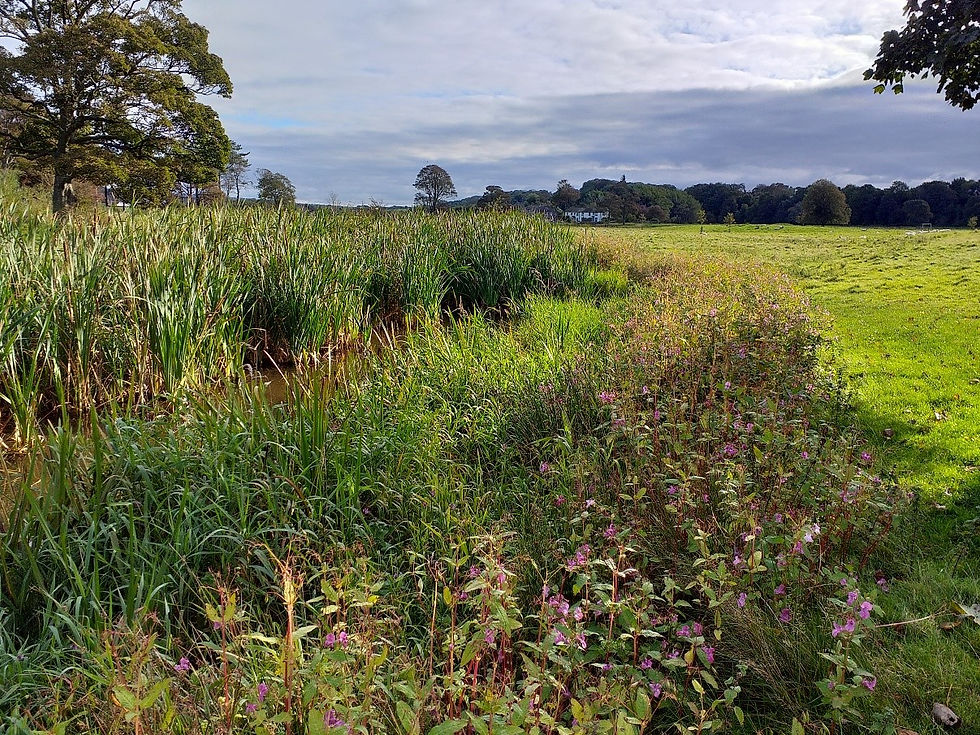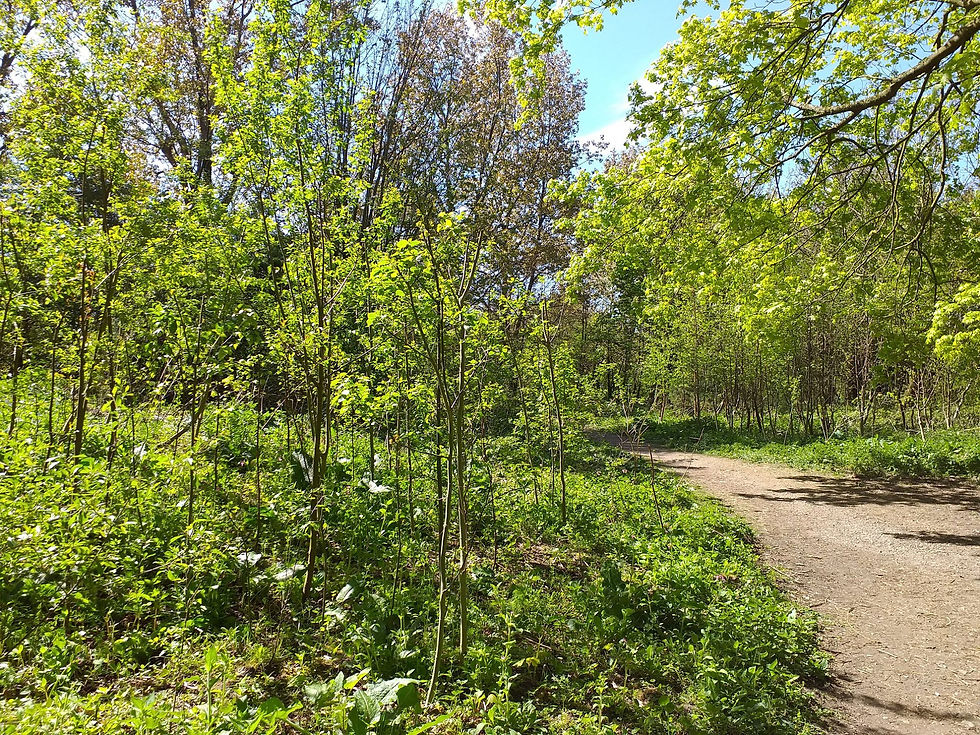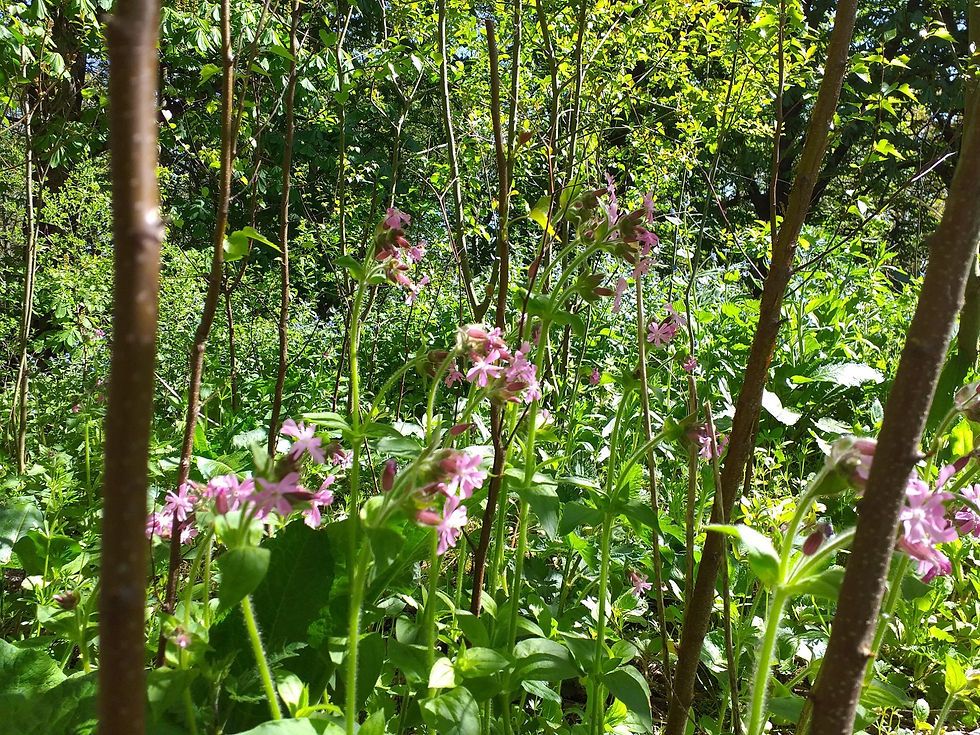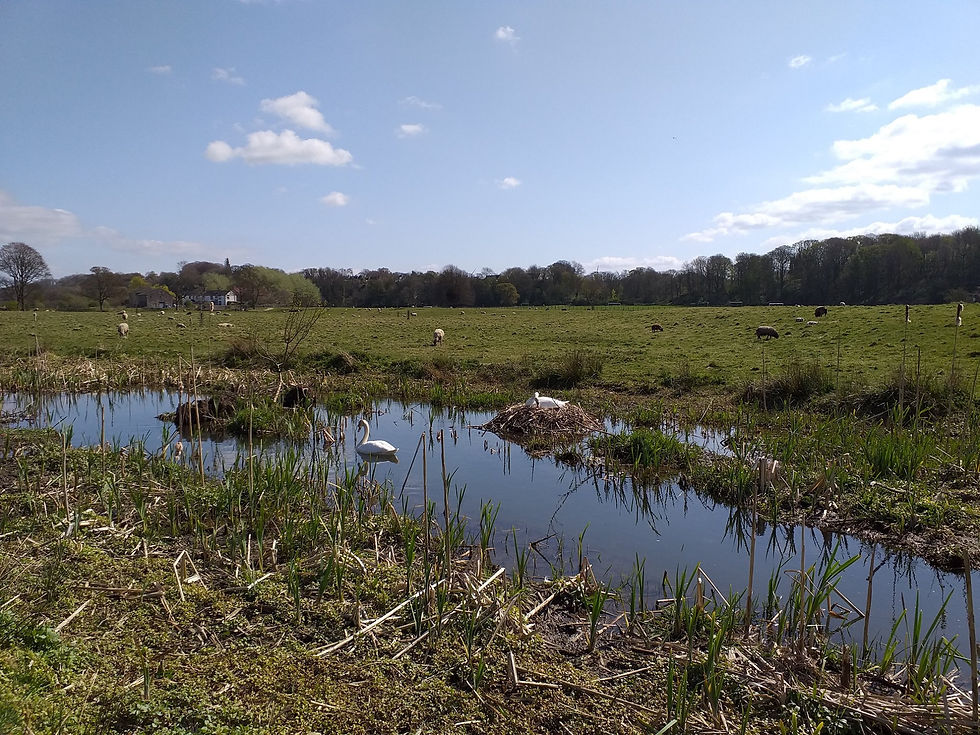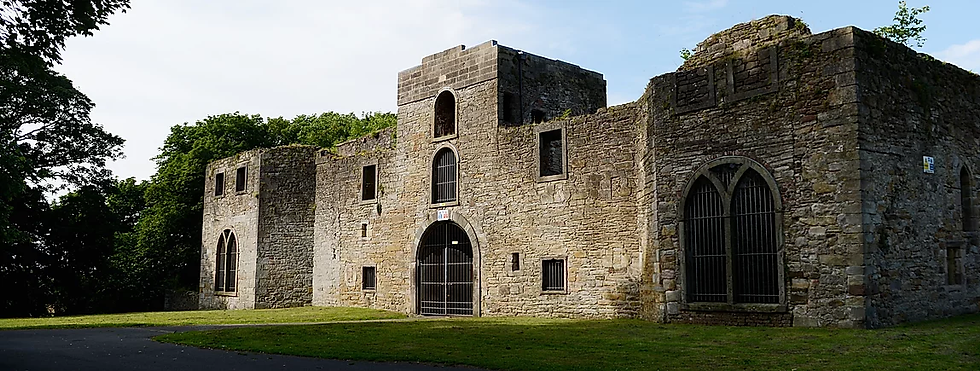Workington Hall Parklands
Hall Park, also incorporates Curwen Park sports fields and Mill Stream and fields.
Workington Hall’s records refer to a park which included a mansion house, courtyard, gardens, orchards, groves and woods. The park and grounds themselves were designed by Thomas White in the 1780s, but the house was owned by the Curwen family, Lords of the Manor of Workington.
They are renowned for providing shelter to Mary Queen of Scots in 1568, on her last flight from Scotland before her imprisonment and execution.
The landscape, which is managed by a partnership of organisations including Workington Nature Partnership, Allerdale Borough Council and Workington Town Council, also take in Curwen Park and Mill Fields.
You will find a patchwork of naturalised areas of woodland, including elder, horse chestnut, Norway maple and sycamore, whilst additional planting funded by the Woodland Trust, has provided rowan, guelder rose, and birch to increase diversity.
With additional funding from Get Cumbria Buzzing, these rejuvenated areas create new habitats, forming the basis of micro communities, which in turn contribute to the food chains of larger mammals and birds of prey, such as roe deer and buzzard.
Walking the woodland paths, in all seasons, provides a great sense of wellbeing for any visitor.
Each season shows off the trees and under storey of wildflower plants, including bluebell, wild garlic (ransoms), red campion, wood anemones, dog violet, primrose and blackberry. Autumnal fungi and horse chestnuts make an appearance as the leaves begin to drop.
The trees and woodland carpet provide excellent basking areas for butterflies such as red admirals, which can often be seen resting on tree bark, whilst speckled woods dance in the dappled sunlight, whilst moths tend to sit tight in the shade.
Look in the undergrowth to spy goldcrests, wrens and robins. Up above, follow long tailed tits high in the trees, where you will also spot nuthatch and treecreeper, maybe even a red squirrel too. Listen out for the drum of the greater spotted woodpecker, and the call of the buzzard.
Dropping down to the Mill Stream, you will find water forget-me-not and mint, as well as damsel flies, dragon flies and grasshoppers. Mallard ducks dabble, whilst a pair of resident mute swans choose this location to nest build each year, and raise a brood of cygnets.
Head over to the riverside and follow the course of the river Derwent.
Keep a look out for a flash of turquoise and orange, as kingfishers glide by. Dippers and wagtails can be seen fishing low to the water, whilst long legged heron stab their sharp beaks at the water for fish. Cormorants roost nearby, above the weir, as dusk falls.
This is a great place to explore, but please be mindful to keep dogs under control, so they do not disturb nesting birds, or the tenant farmer’s sheep which roam and graze the parkland.
Visiting
Access if free all year round.
The closest car park to Workington Hall Parklands is Horse Close, CA14 4YB.
There is a charge to use the car park.
Walks
There is a lovely walk that starts at the Hall and goes down into Millfield.
It takes around 18-36 minutes and is roughly 1.2 miles.
The Friends of Workington Hall Parkland
The friends group is incremental in keeping Workington Hall Parklands the beautiful place it is and to enhance the area for the enjoyment of the wider community.
The ‘friends’ group is made up of local residents who work together to:
-
Ensure the area is better used by the local community
-
Develop strategies for improved maintenance, alongside the Nature Officers
-
Identify resources for specific improvements
-
Apply for funding for various projects and activities
-
Help to make the reserve safer
-
Organise fun days, events, and activities
-
Carry out practical tasks to improve/maintain the reserve
If you would be interesting in joining the group; contact details can be found on our 'get involved' page. Everyone is welcome.




